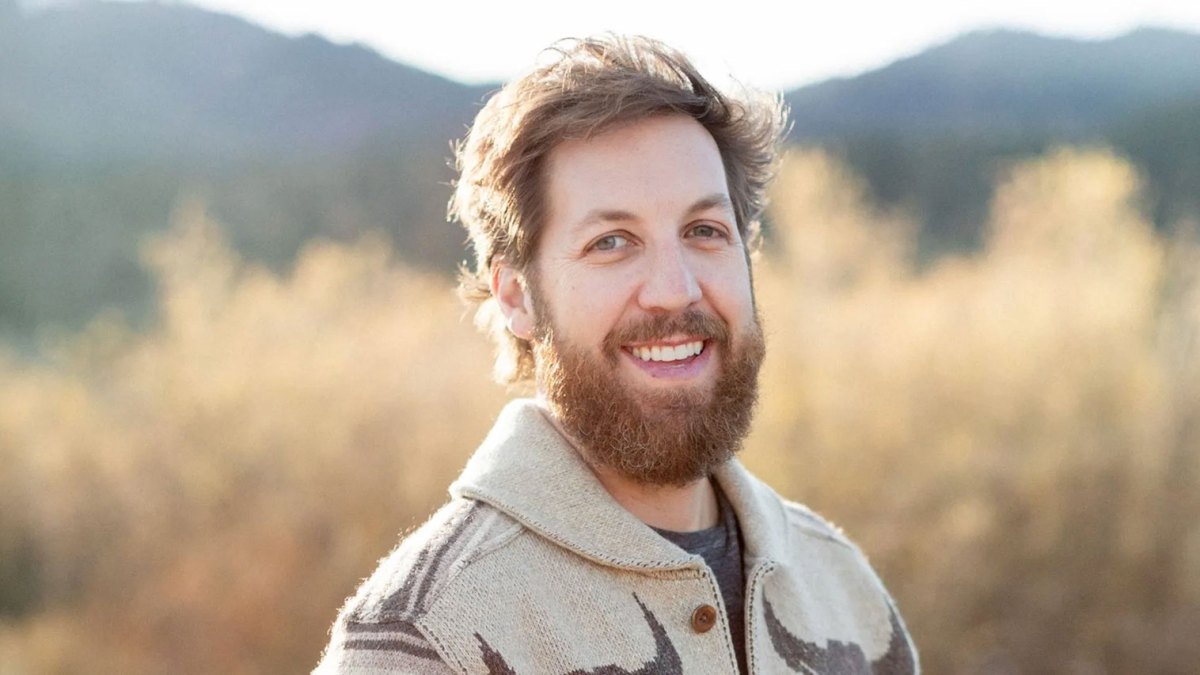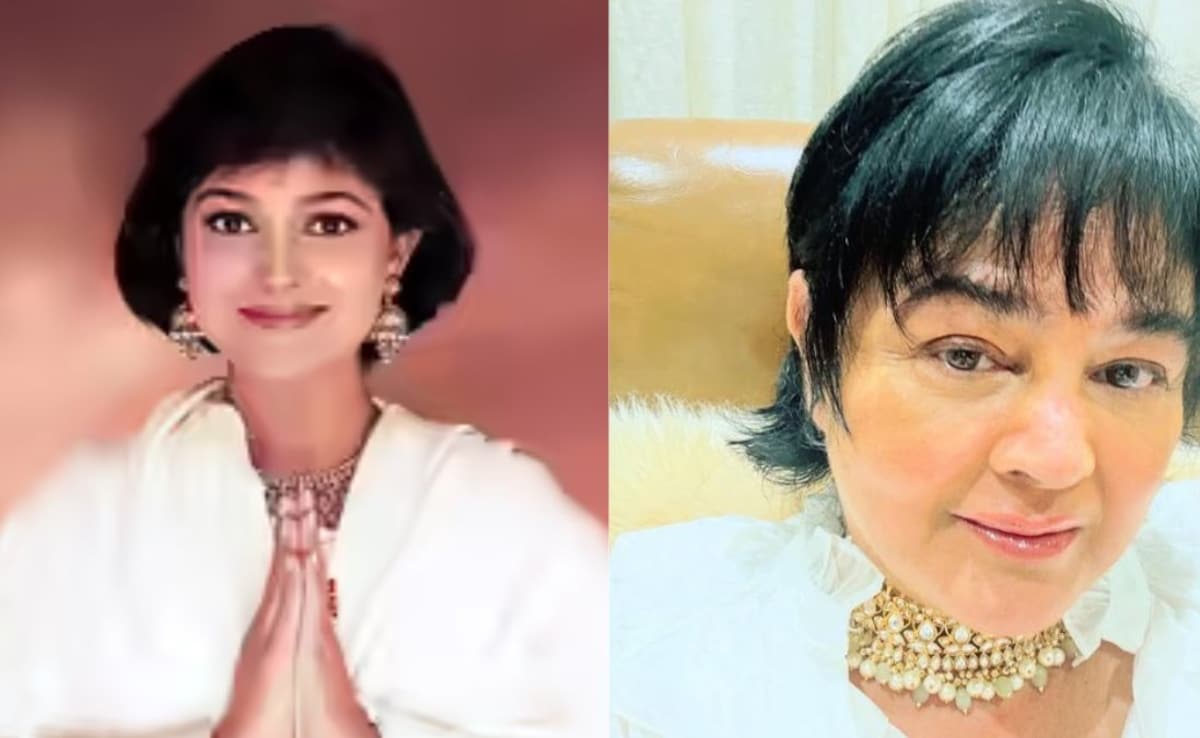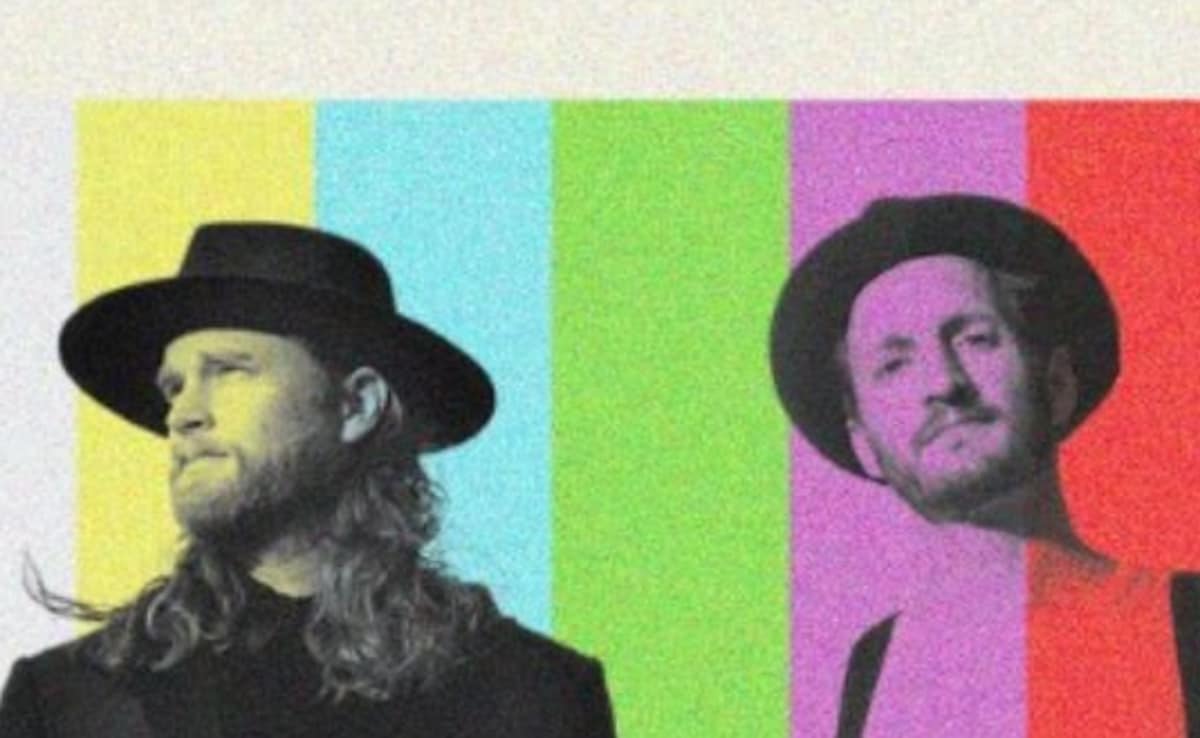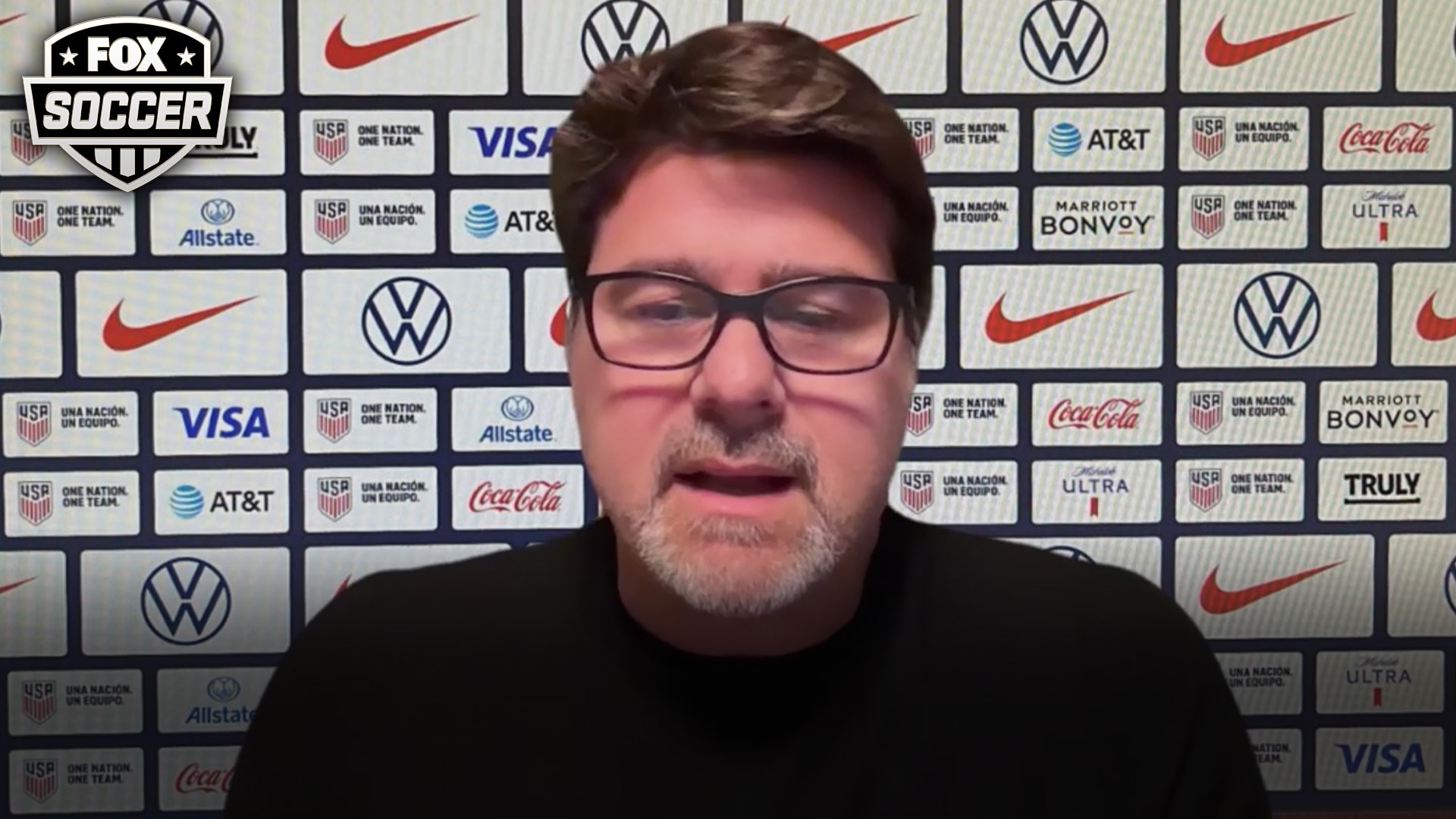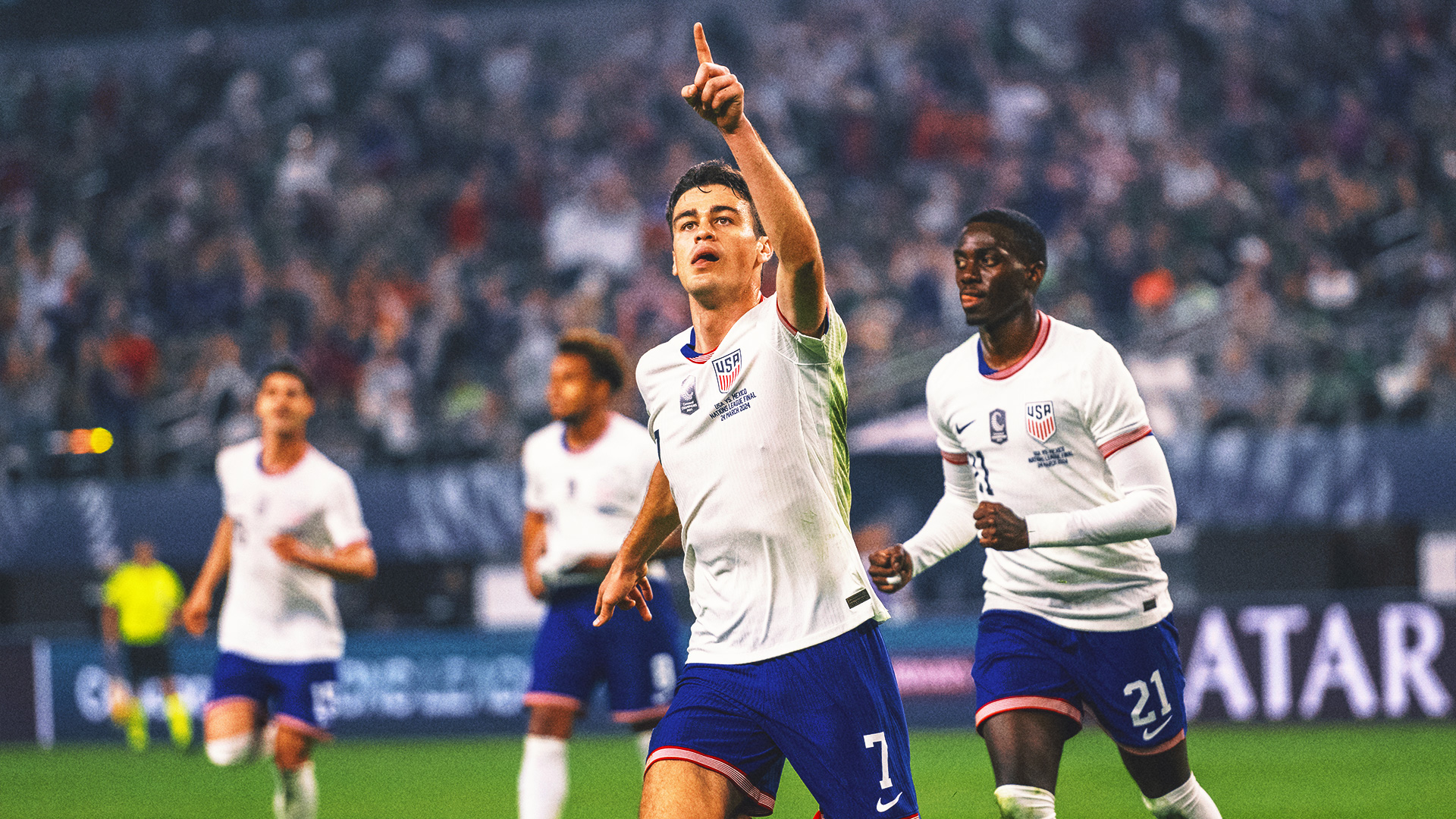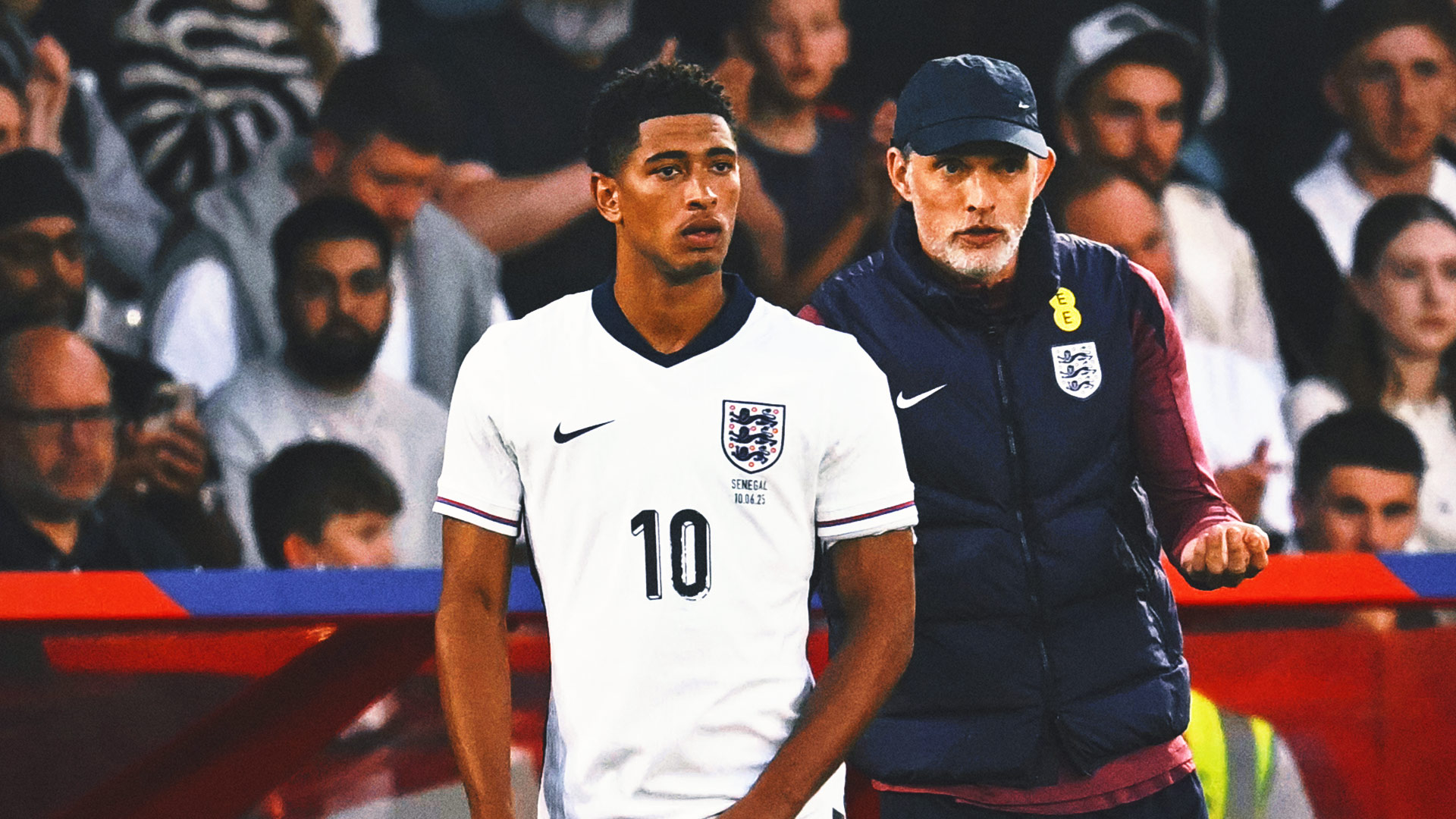“Biased,” “boring,” “chaotic,” and “bad”: A majority of teens hold negative views of news media, report finds

Mary Robb, a social studies teacher at Andover High School in Massachusetts, has been teaching news literacy for 25 years. The longtime educator sees teaching students how to critically read the news and online information swirling around them as an essential civics lesson.
I sat in as Robb taught a group of mostly juniors and seniors one day last year. After a lively in-class exercise comparing two articles about an accident between a car and a cyclist, I got a chance to ask the teens some questions about their media diets and reasons for taking the course.
One thing that stood out? None of the students — even in an elective course about media — confessed any interest in becoming a journalist. A few could name news organizations they trusted but others said the news came to them through social media or what friends shared or what they overheard as their parents were watching television. They had questions for me, too, including several about the pitfalls, challenges, and ethics of being a journalist.
Maybe I shouldn’t have been unprepared, then, to read a new report from News Literacy Project that surveyed American teenagers about their attitudes towards journalists. But “Biased,” “Boring,” and “Bad”: Unpacking perceptions of news media and journalism among U.S. teens still wasn’t a fun read. The online survey asked 756 teenagers (ages 13-18) nationwide about their views and found:
- An overwhelming majority of teens (84%) described news media with negative words — often characterizing media as intentionally deceptive or invoking negative emotional feelings. The top five words submitted by teens were “Fake, “Crazy, “Boring, “Biased,” and “Sad,” according to a very depressing word cloud published in the report.
- About half of the teens surveyed believe that journalists frequently “make up details, such as quotes” and “pay for sources.” When the researchers for News Literacy Project grouped responses together, the most mentioned perceived area of improvement for professional journalists was being honest and getting the facts right. More than a third of teens believe journalists could improve by simply “Telling the truth,” “Fact checking,” and “Not lying.”
The survey draws on students who also responded to an earlier survey. From that report:
- A little less than half (45%) of teens said journalists do more to harm democracy than to protect it. And about two-thirds of teens (67%) said they are “a little” or “not at all” concerned about the sharp decline in news organizations. With more news organizations relying on reader-generated revenue and messaging about their role as democratic watchdogs, this is concerning.
- The majority of teens (80%) said that professional journalists do not produce information that is “more impartial” than other kinds of content creators online.
Adults, of course, are also distrustful of news media in the United States. The teens’ responses mirror widespread beliefs in older Americans. Just 28% of Americans say they trust the news media “a great deal” or “a fair amount” — and it’s worse if you look at one end of the political spectrum. Only 8% of Americans who identify as Republicans have confidence in the media to report news “fully, accurately and fairly,” according to Gallup numbers released last month.
The results also reflect a media system that is messy, fragmented, and blurry around the edges. Asking Americans how much they trust media has become more complicated as their idea of what a professional journalist or news organization looks like has expanded. Traditional news sources are losing influence in the United States and social media is now the No. 1 way that Americans get news for the first time.
When answering questions about news media, are teens thinking of The New York Times or CNN? Breitbart or Fox News? A local journalist in their community or someone half the world away that appears in their feed? Previous surveys by News Literacy Project have shown that many teenagers struggle to distinguish between news, opinion, and advertising.
The new report also asked about popular representations of journalists. Only 32% of teens could come up with any movies or TV shows that came to mind when they thought of journalism. The most popular were the Spider-Man franchise and Anchorman: The Legend of Ron Burgundy. (Not exactly the most flattering portraits of the profession.)
The report has recommendations for improving some of these dismal impressions — aside from forcing a teen in your life to watch Spotlight, All The President’s Men, or She Said.
Naturally, the researchers from News Literacy Project believe that news literacy is key. Too few K-12 schools provide any nonpartisan news literacy education and, as with Mary Robb’s class at Andover High, those that do often offer the course as an elective.
I asked Robb about the report’s findings. In general, she was unsurprised by the cynicism since she has been seeing the same skepticism in her classrooms for years. She said the ability to distinguish between standards-based journalism and other types of information is one of the key lessons she hopes her students take with them.
“Others [takeaways] include the knowledge that they can choose to be active rather than passive consumers of all kinds of media; another is a set of skills that enable them to deconstruct media messages,” Robb said. “These skills are essential if one wants to be an active media consumer. Finally, active media consumers are better informed citizens/voters and they are therefore able to make their own, freely-chosen decisions about who and what they vote for.”
Robb said one survey statistic in particular — that only about half of teens (56%) believed that journalists take standards such as accuracy and fairness seriously in their work — “hurt [her] heart.”
“I have found that this sentiment is most often felt by students who use sensational news sources,” Robb said. “They are not particularly savvy when it comes to deconstructing news stories. However, once they become adept at that, they realize that there are far more journalists and news organizations out there who do take those standards seriously than they originally thought.”
Given the number of teens unfamiliar with the ethics and standards of professional journalism, the report recommends parents and educators encourage students to interact with professional journalists or — better yet, in my opinion — encourage students to join journalism programs so they “experience the rigors of what it takes to produce quality journalism” themselves.
You can read the full report here.
What's Your Reaction?
 Like
0
Like
0
 Dislike
0
Dislike
0
 Love
0
Love
0
 Funny
0
Funny
0
 Angry
0
Angry
0
 Sad
0
Sad
0
 Wow
0
Wow
0














